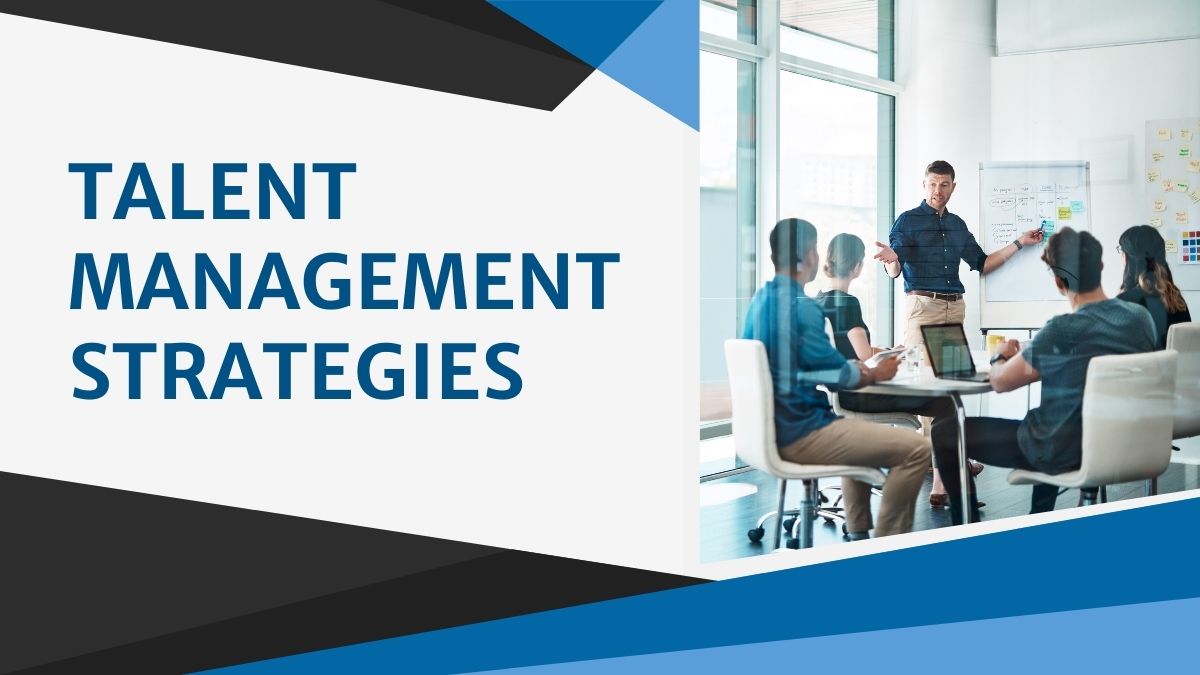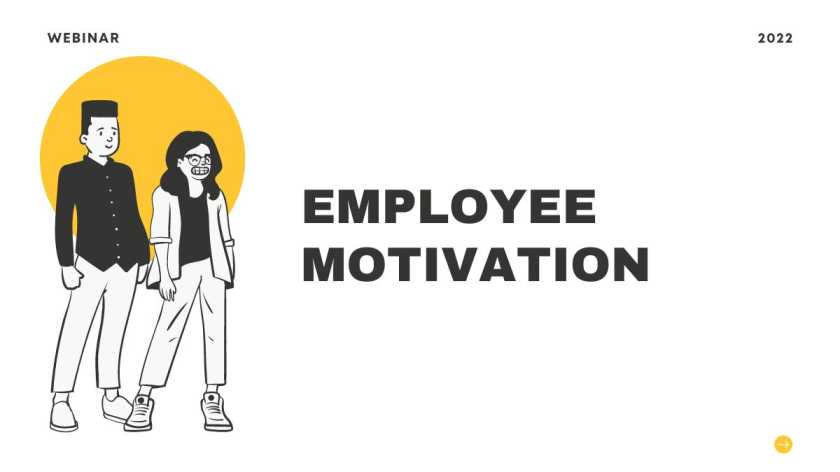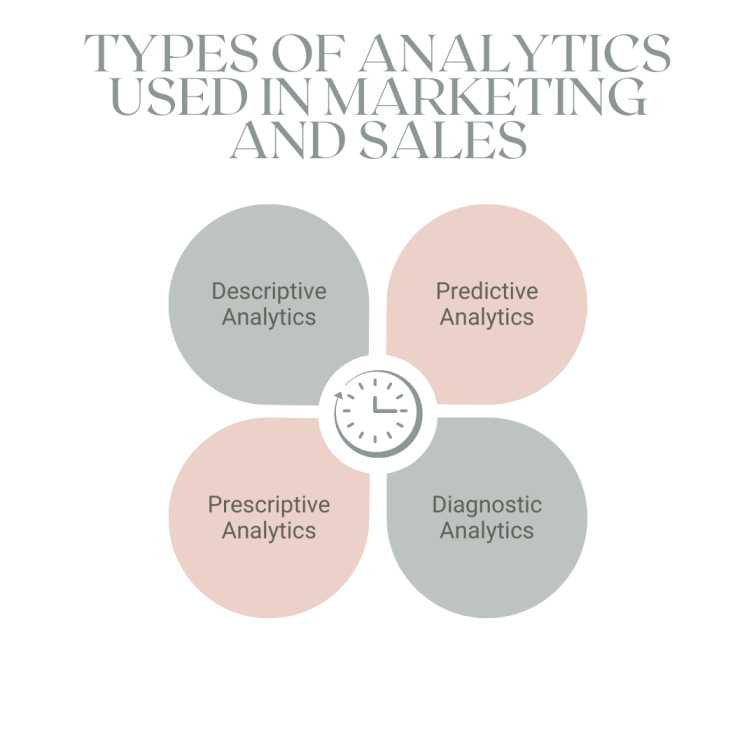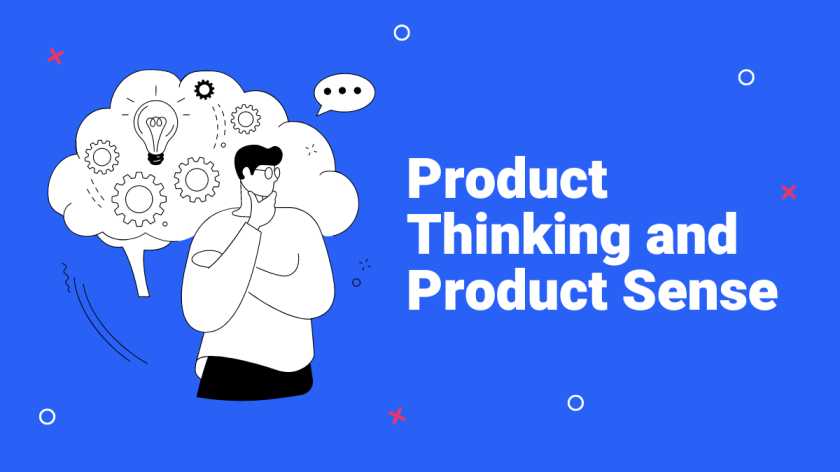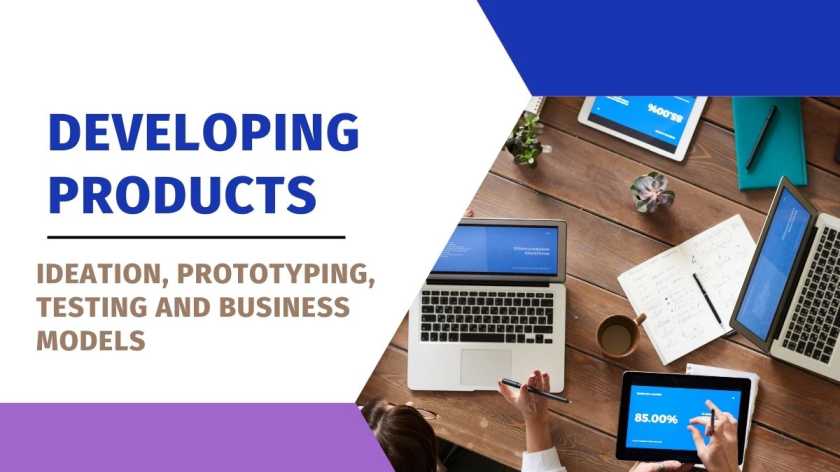The role of product management has gained significant prominence in recent decades, largely driven by the digital product revolution. Product management is the crucial bridge between product development strategy and its execution, encompassing every stage, from initial research and user engagement to ongoing post-launch iterations.
Finding out how to manage products effectively first is absolutely crucial if you wish to learn how to become a product manager in India.
Let us look further into the world of modern product management within organisations, covering the responsibilities of product managers, the product development lifecycle, and more.
Strategic Product Planning
Strategic product planning is the foundational process that guides a product’s development, ensuring it aligns with overarching business goals and customer needs. This critical phase sets the direction for a product’s entire lifecycle, from ideation to launch.
What is a Product Strategy?
A product strategy serves as an all-encompassing blueprint outlining the overriding objectives of your product over its entire lifecycle and how it will contribute to achieving the organisation’s broader goals.
It also dives into the target audience to which the product will cater and demonstrates the value it will deliver to them. These strategic intentions are converted into actionable plans on the product roadmap.
There is no one-size-fits-all formula for crafting a product strategy, but effective strategies share several key attributes such as:
A product should not exist merely for its own sake; a product strategy should imbue it with a clear and meaningful purpose. It’s about aligning the product with a larger mission. Achieving organisational buy-in for this purpose is the foundational step.
Every product strategy must be firmly rooted in understanding and addressing customer needs. Customers are the lifeblood of any product, and a successful strategy depends on meeting their requirements.
Furthermore, it is essential to bridge the gap between customers’ expressed needs and their genuinely required needs, as these can often differ.
Additionally, recognising that customer needs evolve is paramount, and the product must be adaptable accordingly.
While product strategists cannot predict the future with certainty, they should be able to anticipate potential disruptive forces. This foresight allows them to identify factors that could restrict or enhance the product’s growth and utility.
Armed with insights into potential changes on the horizon, a robust product strategy should include a plan of action. It should outline how the product can either mitigate the impact of disruptions or seize upcoming opportunities.
A successful strategy requires metrics for measuring progress. While you may not evaluate the process against specific metrics, tracking key performance indicators (KPIs) is essential. These metrics highlight progress and serve as early warning signals if the strategy needs adjustment.
Learning product strategy is essential when you want to become a product manager. You can take the help of holistic product management courses or any solid product management certification to learn more about creating effective product strategies.
Aligning Product Management with Market Needs
You can follow these six essential steps to align your business strategy with the market:
Step 1: Market analysis
Understand your client’s industry, segment, and customers. Collect and analyse market data to identify target customers, their needs, market potential, competitors, and emerging trends.
Step 2: Value proposition
Define your client’s unique benefit, differentiating them from competitors. Communicate how their products or services solve specific customer problems or create value better than others.
Step 3: Strategic roadmap
Create a clear plan outlining actions, milestones, and resources needed to achieve goals. Use frameworks like balanced scorecards or OKRs to translate strategy into measurable objectives.
Step 4: Implementation plan
Detail roles, responsibilities, timelines, and budgets for each initiative. Assign tasks, track progress, and manage risks effectively.
Step 5: Performance measurement
Monitor and evaluate strategy and initiative performance using key performance indicators (KPIs). Provide regular feedback and insights to improve decision-making.
Step 6: Continuous improvement
Foster a culture of ongoing learning and adaptation. Review and update the strategy periodically to stay competitive and address changing market needs.
Incorporating Customer Insights into Product Strategy
To build strong customer relationships:
- Collect and clean your customer data.
- Use advanced technologies like predictive analytics and AI to understand customer behaviour and preferences.
- Craft personalised messaging and offers.
Leverage customer insights to create marketing strategies that foster loyalty even in the face of competition. Identify trends and opportunities for creative campaigns that maximise customer loyalty and spending.
Customer insight marketing examples
Some real-life examples of businesses leveraging customer insights to enhancehttps://imarticus.org/blog/analytics-in-product-marketing-and-sales-strategies/ their customer relationships include:
Example 1: A healthcare and wellness products retailer effectively uses next-expected purchase algorithms to send timely replenishment reminders to a large customer base. This approach significantly boosts reorder rates for essential, price-sensitive products.
Example 2: An online gaming operator uses predictive analytics to identify customers at risk of churning. Automated re-engagement campaigns with personalised incentives have effectively reduced the churn rate.
Crafting a Business Model
Any venture’s success depends heavily on developing a solid business model. It entails specifying how your goods or service will produce value, reach consumers, and continue to expand.
These key steps and considerations to craft a business model that aligns with market needs and positions your offering for success:
Market insights: Start by gaining a deep understanding of your target market, including customer needs, preferences, and challenges. Analyse market trends, competition, and growth possibilities.
Unique value proposition: Clearly articulate what makes your product stand out – its unique value proposition. Define how it addresses customer problems better than alternatives.
Scenario preparation: Anticipate various scenarios and devise strategies for how your business model would adapt to changes in the market, competitive landscape, or customer behaviour. It fosters resilience.
Continuous improvement: Understand that a business model is dynamic. As your product evolves and you gather more insights, be ready to continually refine and adapt your business model to remain competitive and aligned with market dynamics.
Product Development Lifecycle
The product development lifecycle is a systematic process that includes stages from ideation to documentation, implementation, deployment, and launch.
Ideation
The ideation phase is a crucial foundation for your product development, involving these key steps:
1. Understand the problem
Successful products begin with a clear problem statement, addressing specific challenges and answering fundamental questions like “What and why,” streamlining the path to a tangible product.
2. Market research
Identifying your product’s target audience is crucial; conduct thorough market research through surveys, interviews, and competitor analysis to gauge demand and align with customer needs, using feedback to refine your concept.
3. Idea generation and brainstorming
After identifying a problem and gathering market insights, collaborate with your team to generate innovative ideas and solutions, anticipate challenges, prioritise impactful features, and plan effective implementation.
Prototyping and Testing for Market Fit
Use prototyping to test user assumptions and hypotheses, verifying and assessing their worth before final implementation to ensure your product’s value to users.
Market validation includes:
- Proof of Concept (POC)
- Prototype development
- Minimum Viable Product (MVP)
Proof of concept (POC)
Once you’ve gauged market interest, it’s time to assess your product’s feasibility through POC. This stage involves a series of design sprints to test different aspects of your product’s viability.
You can conduct multiple POCs to examine various facets of your product, such as complex feature builds or system compatibility. POC determines whether you can achieve your goals, guiding further development.
Prototype development
During the prototype phase, you create low-fidelity and high-fidelity prototypes to evaluate products and features, assessing how prototyping contributes to your market fit.
Prototypes, especially for funded startups, offer insights into your product’s market impact and gather crucial early feedback. They include guidance on user flows, planned features, product specifications, and wireframes.
Prototyping, being a cost-effective and rapid approach, provides a glimpse of future iterations and informs your product strategy and roadmap.
Minimum viable product (MVP)
The MVP represents the core requirements of your product or its initial features for early users. It’s a functional piece of software that enables swift viability testing.
These stages of market validation and prototyping ensure that your product aligns with user needs and expectations, setting the stage for a successful product launch.
Continuous Improvement and Iteration
Iteration and continuous improvement are essential concepts in product management. They include a cyclical process of small, repetitive improvements made to a good or service in response to customer input, data analysis, and shifting market circumstances.
Some tips for successfully using iteration and continuous improvement include:
Collect feedback:
- Gather user feedback through surveys, interviews, customer support interactions, and reviews.
- Foster transparent communication channels for users to freely express their thoughts and ideas.
Analyse data:
- Use data analytics tools to monitor user behaviour and product performance closely.
- Identify areas where the product can be enhanced, such as high bounce rates, user journey drop-offs, or low conversion rates.
Prioritise enhancements:
- Evaluate feedback and improvement suggestions based on their potential impact on user satisfaction, retention, and overall product objectives.
- Consider feasibility and resource requirements for each enhancement.
Set clear goals:
- Define specific, measurable, and achievable goals for each iteration.
- Ensure these goals align with the broader product strategy and address customer needs.
Implement changes incrementally:
- Break down significant improvements into smaller, manageable tasks or user stories.
- Release updates and enhancements iteratively rather than attempting a complete product overhaul at once.
User testing:
- Conduct user testing sessions to gather feedback on new features and modifications directly.
- Use this feedback to make further refinements and adjustments.
Monitor key metrics:
- Continuously monitor key performance indicators (KPIs) to evaluate the impact of each iteration.
- Be prepared to adapt or adjust the strategy based on the observed results.
Communicate internally:
- Maintain transparent communication within your product team and across the organisation.
- Ensure that all team members understand the goals and progress of each iteration.
Effective Product Communication
The art and science of persuading a target audience of a product’s value, features, and benefits is known as effective product communication. It is essential to promote brand awareness, encourage customer involvement, and eventually attain product success.
Crafting Product Messaging and Positioning
Positioning and messaging are the navigational tools that help your audience grasp your product’s market position, purpose, and uniqueness and understand how you communicate these aspects effectively.
Crafting them is a delicate blend of science and art. While analysing competitors and market opportunities leans towards the scientific side, the art lies in conveying your positioning.
When looking for inspiration, it’s common to study the strategies of successful companies. Yet, examining these brands in their early stages is equally vital when their identity and offerings are relatively unknown.
In crafting impactful product messaging, consider these six key elements:
- Product description: Summarise what your product is in five words or less.
- Headline: Create a captivating headline and image that resonates with buyers, sparking their curiosity to learn more about your product. Blend the ‘why’ and ‘what’ of your existence.
- Subhead: Provide a hint about the problem your product addresses and how it offers a solution.
- Benefit/outcome: Highlight what your target buyers can achieve using your product’s features. Use the product description to illustrate the ‘how’ behind these outcomes.
- Customer testimonial: Envision your ideal customer’s opinion about your product in a perfect scenario.
- Features: Detail the product’s features, addressing the shopper’s checklist with feature names and descriptions.
Leveraging User Research for Marketing Insights
Marketing insights are valuable observations from collected data sets that inform a business’s marketing strategy. IIT project management programs focus a lot on leveraging data for marketing. They provide actionable information to benefit your business and can originate from two primary data types:
Quantitative Data:
- Examples include clickthrough rates, email open rates, website traffic, and demographic data.
Qualitative Data:
- This category includes customer feedback, support emails, or messages on social channels.
Marketing insights revolve around understanding your customers — identifying who they are, their preferences, dislikes, and needs, and how effectively your marketing efforts convey that you can fulfil those needs.
Regularly gathering marketing data and insights serves several critical purposes:
Influencing customers
Marketing is about persuading customers and convincing them of the value of a product or service. Marketing insights provide the tools to achieve this. They offer data and feedback that reveal the most effective messaging approaches.
For instance, through A/B testing of marketing emails based on hypotheses, you can gather insights into which emails yield the highest open and read rates, validating or refining your theories.
Alternatively, discovering that most of your social media followers fall into the 18-24 age group directly informs your marketing strategies.
Meeting demand
Insights into customer behaviours, sales figures, and socioeconomic factors empower you to design marketing campaigns that align with and fulfil specific demands.
For example, suppose you sell accounting software and discover that most enterprise customers purchase or renew their licenses in September. In that case, you can strategically allocate your marketing budget around that period to maximise impact. This timing ensures you address the demand when it’s at its peak.
Shaping products and services
Insights derived from previous marketing efforts play a pivotal role in shaping the future of your products or services. Monitoring customer sentiment and opinions on social media platforms might reveal explicit demands for particular features or product variations.
Such insights are precious as they pinpoint real customer needs that can guide your future offerings.
Cross-Functional Collaboration
Cross-functional collaboration is when experts from different fields unite to tackle shared objectives, leveraging their diverse skills for innovation, sound decision-making, and enhanced outcomes. It makes it vital for tackling complex challenges and achieving success in various industries.
Collaborating With Cross-Functional Teams
Cross-team collaboration involves assembling diverse individuals with a broad spectrum of skills to collaborate on a project.
Consider introducing a new product using solely your marketing team compared to launching the same product with a salesperson and developer.
It becomes evident that cross-team collaboration can significantly enhance effectiveness.
Importance of cross-team collaboration
Research highlights that cross-functional collaboration yields a profound impact on businesses, contributing to several key areas:
- Increased profitability
Cross-functional teams leverage diverse skill sets, accelerating project completion while maintaining high standards.
- Employee growth
Collaborative environments facilitate skill development, encompassing technical proficiencies and soft skills such as communication, adaptability, and self-awareness. Well-rounded employees enhance a company’s competitive edge.
- Stronger company culture
Promoting collaboration fosters a culture of unity and teamwork, shifting the focus from individualism to collective efforts. Employees gain respect for colleagues’ roles and diverse perspectives, strengthening core values and stability.
- Innovation
Collaborative brainstorming within diverse departments generates innovative ideas and solutions that surpass individual contributions. This innovation can have a far-reaching impact on the company or industry.
- Better leaders
Cross-functional collaboration informs leaders about a broad spectrum of company achievements, challenges, and requirements. It also hones leadership skills like effective communication, integrity, interpersonal effectiveness, accountability, and transparency.
These skills benefit both current leaders and individuals preparing for future leadership roles.
Integrating User Feedback into Product Development
After completing user research and learning about client wants, it’s critical to incorporate their feedback into the product development process.
Here are some methods for incorporating this essential feedback into your workflow:
Create a shared board for comparative analysis
Establish a shared online whiteboard to compare user feedback with potential product changes. Visualising the disparities between customer needs and planned product enhancements enables better prioritisation of user-centric features. Use the whiteboard’s organisational structure to comprehend and organise feedback effectively.
Incorporate user feedback directly into the roadmap
Leverage online whiteboards to seamlessly integrate user research findings into your product roadmap. As you research and gather insights, add them dynamically to your roadmap. It ensures that user feedback is integral to your product development journey.
Use a UX research plan template
Organise your user research efforts using a UX research plan template. This structured board provides sections and questions to streamline your research process. A well-organised template simplifies feedback collection and directly integrates into your product roadmap, making it more accessible and actionable for your team.
Measuring Product Success
Assessing product success is vital in product management, involving metrics and KPIs to gauge market impact and alignment with goals, enabling data-driven decisions and continual improvement for growth and customer satisfaction.
Defining KPIs for Product
KPIs are quantifiable metrics to gauge a company’s success or progress toward specific business objectives.
These measurable indicators serve as valuable tools for evaluating the effectiveness of different aspects of your business, from marketing and customer service to employee satisfaction and financial health.
Developing effective KPIs involves the following steps:
1. Define your business goals
Start by considering your overarching business goals. Reflect on your business model and the specific objectives you aim to achieve.
2. Choose a measurable metric
Select a quantifiable metric that aligns with your goals and represents the performance you want to measure. For example, to increase foot traffic, choose a metric like “in-store visits.”
3. Establish measurement methods
Determine how you will measure the chosen metric. Define the tools or methods to collect data and track performance. For instance, if you’re measuring in-store visits, consider using point-of-sale systems to record customer data.
4. Set time frames and reporting frequency
Specify the time frame for measuring the KPI, whether it’s an annual goal, a campaign duration, or another period relevant to your objectives. Additionally, establish a reporting frequency, such as weekly or monthly, to monitor progress consistently.
5. Foster collaboration
Share your business goals and KPIs with your team and colleagues. Encourage collaboration, gather feedback, and develop strategies for implementing your KPI plan. Team alignment is crucial for achieving success.
6. Regularly review and adapt
Review and update your KPIs to ensure they remain relevant to your evolving business landscape. Your goals and KPIs may need adjustments to stay effective as your business grows and changes.
Using Data and Metrics to Drive Product Decisions
Effective use of data and metrics is integral to measuring and enhancing product success.
Here’s a guide on using data for informed product decisions:
Define clear objectives
Start by establishing your product’s objectives and measurable success criteria.
Identify relevant metrics:
Determine the key performance indicators (KPIs) aligned with your objectives, considering quantitative and qualitative metrics.
Set baselines and targets:
Establish baseline values for selected metrics using historical data or industry benchmarks. Set specific targets for each metric.
Implement data tracking:
Employ robust data tracking tools and analytics to collect accurate and reliable data.
Monitor metrics regularly:
Continuously monitor chosen metrics, leveraging dashboards and reporting tools for tracking progress.
Analyse data trends:
Analyse data to identify trends, patterns, and anomalies, extracting insights to inform product decisions.
Segment data:
Segment data by user demographics, behaviour, or other factors to gain deeper insights into user preferences.
Incorporate user feedback:
Blend user feedback, surveys, and qualitative data into your analysis to provide context to quantitative metrics.
Prioritise impactful changes:
Focus on product decisions with the potential to impact critical metrics significantly.
Conclusion
The role of a product manager has never been more pivotal. In this fiercely competitive field, thriving requires proper knowledge and skills. This is why solid certifications for product managers are required. This is where Imarticus Learning’s Professional Certificate In Product Management With CEC, IIT Roorkee, comes in.
Our meticulously crafted product management course provides you with the essential expertise required for an exceptional career in product management.
Visit Imarticus Learning to learn more about this product management certification.

